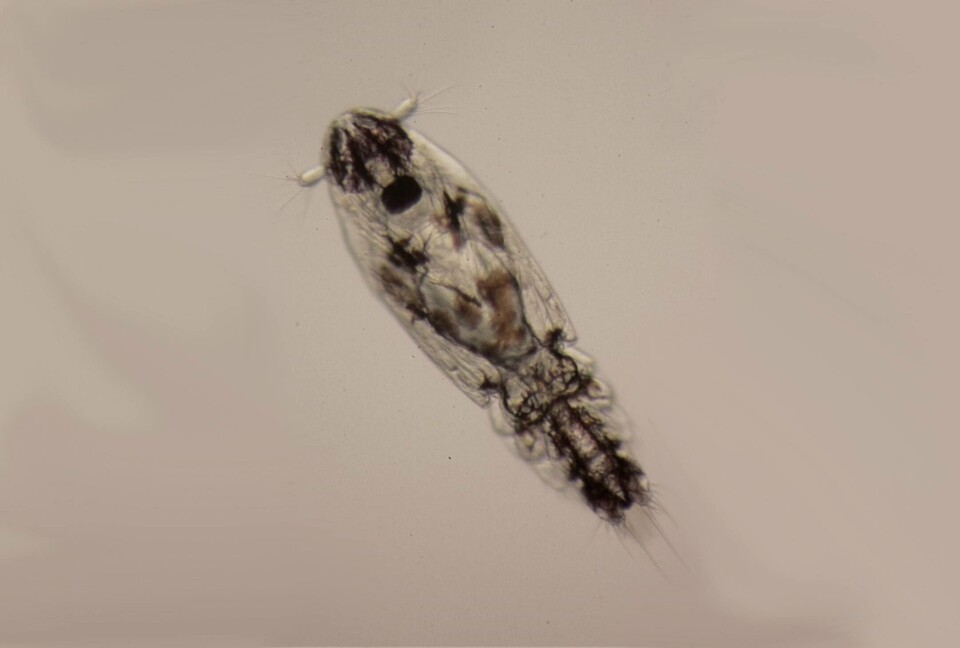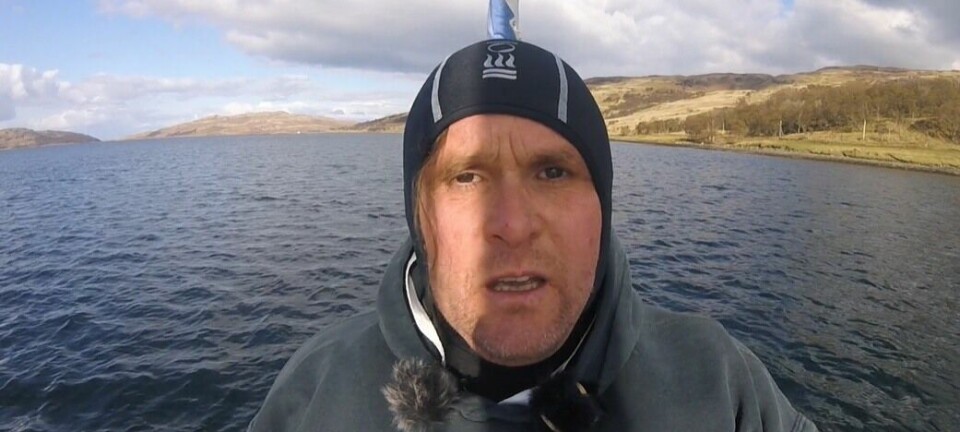
Cold-loving lice larvae ‘sink deeper in summer’
Nauplius-stage salmon lice larvae do not behave in relation to temperature in the way previously thought, researchers have discovered. This can affect both lice prevention and modelling.
How the environment determines what depth lice larvae (nauplii and copepodites) swim to is important to know in order to predict how the larvae spread and to prevent contact between larvae and farmed fish through the best possible preventive measures.
Experiments carried out at Norway’s Institute of Marine Research (IMR) provide new insights and potentially better precision in models that calculate the distribution of salmon lice larvae in different water types under different physical location conditions.
Preventative strategies
IMR researchers Daniel Wright, Thomas Crosbie, Sussie Dalvin and Frode Oppedal, and Tim Dempster from the University of Melbourne, explain their findings in an article for Norsk Fiskeoppodrett magazine, published by Fish Farming Expert owner Salmonview Media.
They point out that in order to succeed in preventive strategies based on reducing the contact between lice larvae and farmed salmon, it is very important to know where the larvae are in the water column.
The researchers report that both snorkel cages and skirts are designed on the assumption that the larvae are usually found in the top 3-10 metres of the water column. The same applies when choosing the depth for lights, feeding or immersion of cages to force or lure the salmon away from the larvae.
Depth and temperature
With regard to biophysical scattering models, such as that used as the basis for the weekly lice map the IMR publishes, scientists point out that the accuracy of the model is limited by the knowledge of how both the nauplii (proliferation) and copepodites (proliferation and infestation) change depth due to environmental conditions.
In the experiments described in the article, the researchers were surprised that the nauplii had a clear preference for colder temperature.
“Thus, we expect that in natural temperature gradients the nauplii stay under the warm surface water in summer and swim closer to the surface in winter,” they write.
Field studies
This does not match previous results.
“These were based on a few field studies in farmed areas, indicating that the nauplii had a preference for the warmest water,” they explain.
Although the experiments show that temperature is important for the youngest salmon lice larvae, they show that this does not apply to the copepodites, which can infect the salmon.
“The copepodites clearly choose their swimming type based on a different environmental factor than temperature.”




















































